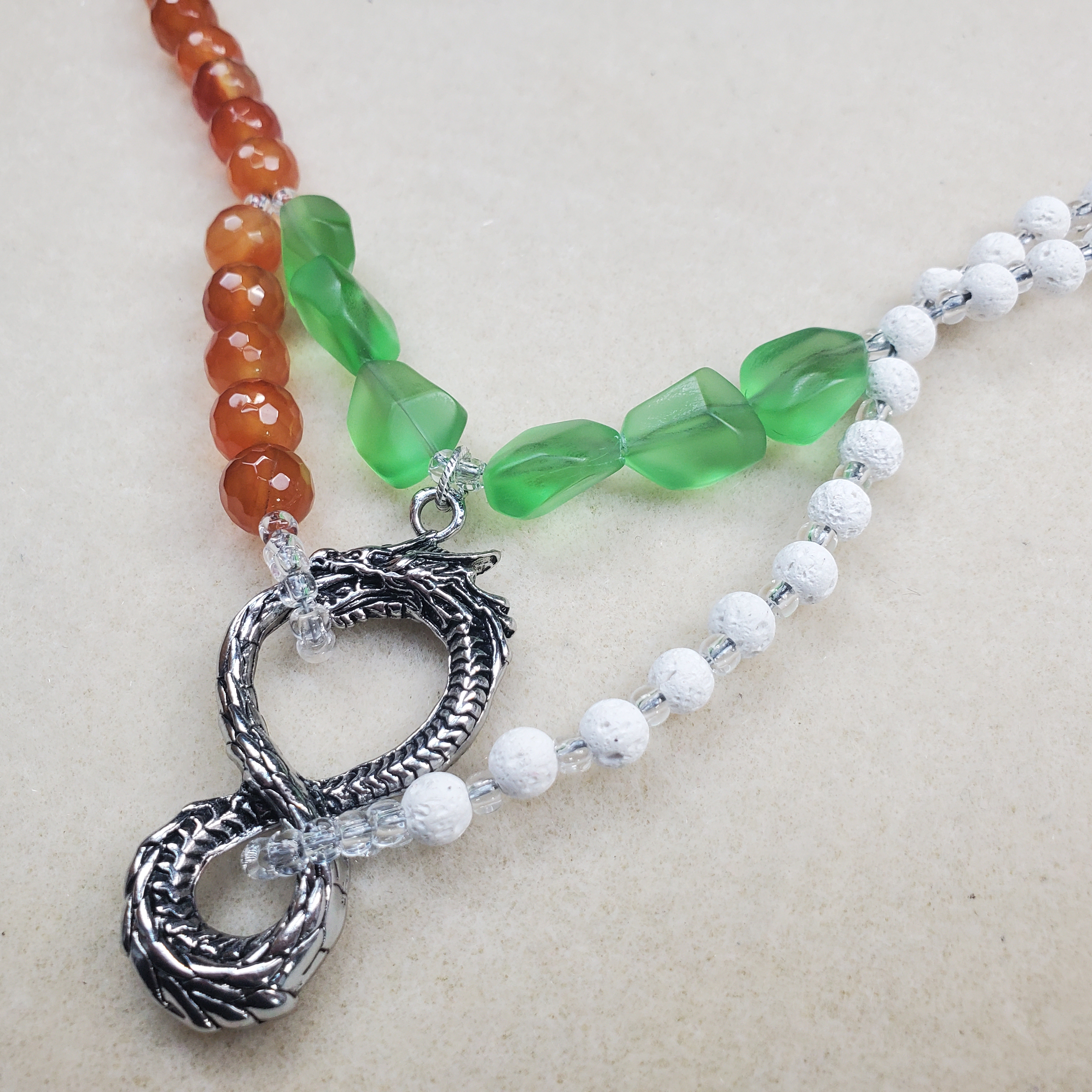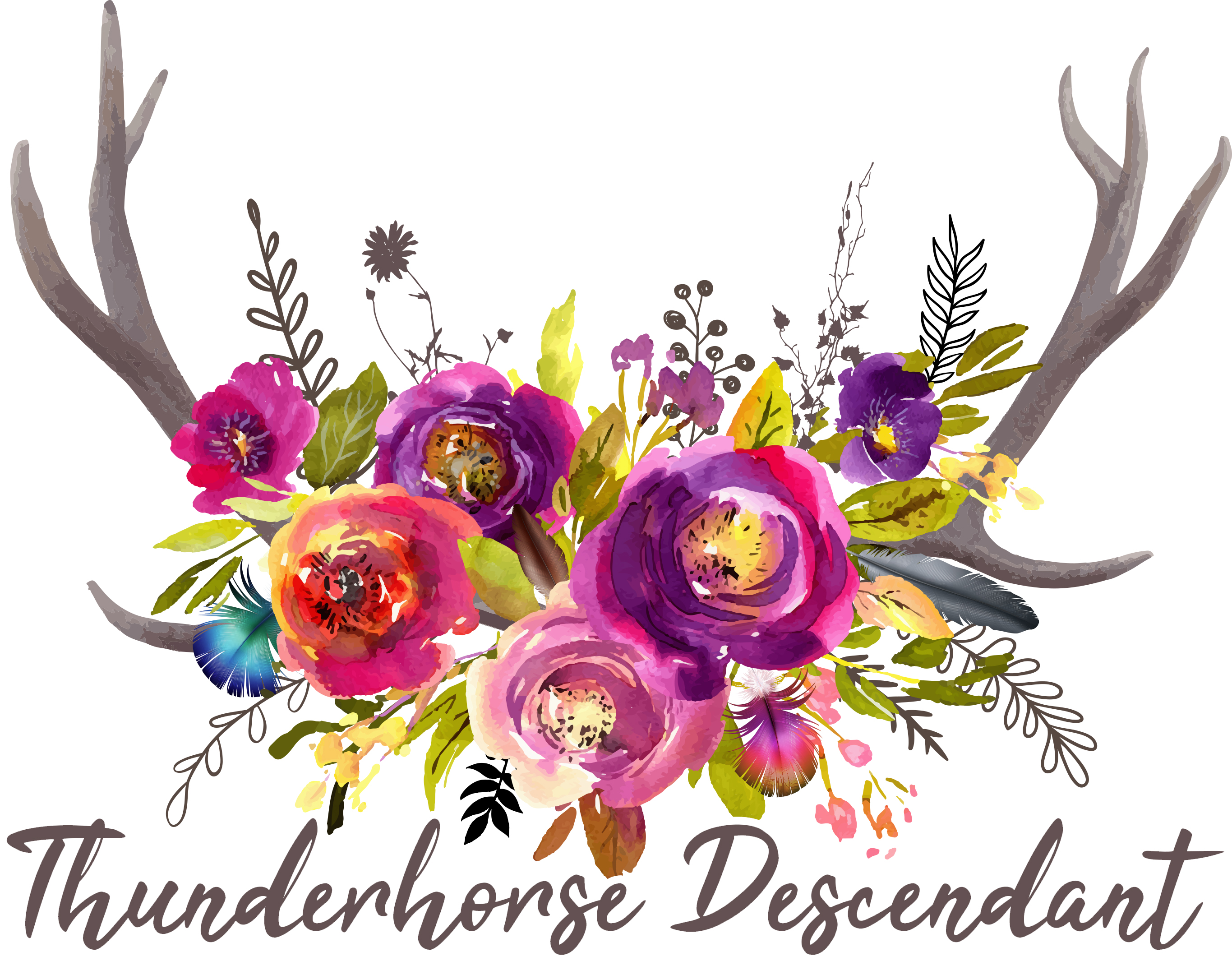Posted by Randee Brown on 28th Jun 2024
The Timeless Symbol of the Ouroboros: Exploring Its Meaning and History
The Ouroboros is one of the most fascinating and enduring symbols in human history. Depicting a serpent or dragon eating its own tail, this ancient symbol has captured the imagination of various cultures and traditions throughout the ages. Let's delve into the rich meaning and historical significance of the Ouroboros.

The Symbolism of the Ouroboros
At its core, the Ouroboros represents the concept of cyclicality. The image of the serpent devouring its own tail is a powerful metaphor for the eternal cycle of life, death, and rebirth. This idea of perpetual renewal is fundamental to the Ouroboros, symbolizing the continuity of life and the constant state of transformation.
Eternal Cycle
The Ouroboros illustrates the endless cycle of creation and destruction. It serves as a reminder that every end is also a beginning, and that life is a continuous process of growth and change. This symbolism is particularly resonant in philosophical and spiritual contexts, where it can represent the journey of the soul and the eternal nature of existence.
Infinity and Unity
The Ouroboros is also a symbol of infinity. Its circular shape, with no discernible beginning or end, reflects the infinite nature of the universe. This aspect of the symbol is often interpreted as a representation of the unending cycle of time and the boundless possibilities within the cosmos .
Additionally, the Ouroboros embodies the concept of unity. By joining its head and tail, the serpent merges opposites into a cohesive whole, symbolizing the interconnectedness of all things. This unity can be understood as the balance of life forces, the harmony of nature, or the integration of the self .
Self-Reflection and Renewal
In many traditions, the Ouroboros is a symbol of introspection and self-reflection. It encourages individuals to look inward, acknowledging their own capacity for regeneration and transformation. This introspective quality of the Ouroboros can be a powerful tool for personal growth, emphasizing the importance of continual self-improvement and renewal .
Historical Background of the Ouroboros
The Ouroboros has appeared in various cultures and historical contexts, each contributing to its rich tapestry of meanings.
Ancient Egypt
The earliest known depiction of the Ouroboros comes from ancient Egypt. It was a symbol of eternity and the cyclic nature of the sun, embodying the concept of eternal renewal. In Egyptian mythology, the Ouroboros often surrounded the sun god Ra, signifying his daily journey across the sky and through the underworld .
Greek Alchemy
In Greek alchemical tradition, the Ouroboros symbolized the cyclical nature of alchemical processes. Alchemists viewed the transformation of substances as a continuous loop of creation and dissolution, mirroring the Ouroboros's endless cycle. This interpretation of the symbol underscores the themes of transformation and perpetual motion central to alchemy .
Norse Mythology
In Norse mythology, a similar figure appears in the form of Jörmungandr, the Midgard Serpent. Jörmungandr encircles the world, biting its own tail, and represents the boundary of the known world. This mythological serpent embodies the concept of the Ouroboros, symbolizing the interconnectedness of the cosmos and the inevitability of cyclical destruction and rebirth .
Gnosticism
In Gnostic texts, the Ouroboros symbolizes the dual nature of existence, blending opposites into a unified whole. It represents the synthesis of light and dark, spirit and matter, highlighting the interconnectedness and balance of these dualities. The Ouroboros in Gnosticism is a powerful representation of the unity of all aspects of existence .
The Modern Relevance of the Ouroboros
Today, the Ouroboros continues to captivate and inspire. It is a symbol that resonates across various disciplines, from philosophy and spirituality to art and literature. The enduring appeal of the Ouroboros lies in its profound message of renewal, infinity, and unity.
In a world constantly in flux, the Ouroboros reminds us of the perpetual cycles that govern our lives and the universe. It encourages us to embrace change, to seek balance, and to recognize the interconnectedness of all things. Whether viewed as a symbol of personal transformation or a representation of cosmic order, the Ouroboros remains a timeless emblem of the eternal dance of life.
Conclusion
The Ouroboros is more than just an ancient symbol; it is a profound representation of the eternal cycles that shape our existence. Its rich symbolism and historical significance offer valuable insights into the nature of life, unity, and renewal. As we navigate the complexities of the modern world, the Ouroboros serves as a powerful reminder of the infinite possibilities and the continuous journey of transformation that lies ahead.
Sources
1. Encyclopedia Britannica. "Ouroboros." Accessed June 28, 2024. [Link](https://www.britannica.com/topic/ouroboros) 2. Ancient Symbols. "Ouroboros Symbol." Accessed June 28, 2024. [Link](https://www.ancient-symbols.com/symbols-directory/ouroboros.html) 3. Theoi Greek Mythology. "Ouroboros." Accessed June 28, 2024. [Link](https://www.theoi.com/articles/ouroboros/) 4. Gnostic Teachings. "The Ouroboros." Accessed June 28, 2024. [Link](https://gnosticteachings.org/glossary/o/ouroboros.html) 5. History of Alchemy. "Ouroboros: The Symbol of Eternity and Cyclicality." Accessed June 28, 2024. [Link](https://www.historyofalchemy.com/articles/ouroboros/) 6. Norse Mythology for Smart People. "Jörmungandr: The Midgard Serpent." Accessed June 28, 2024. [Link](https://norse-mythology.org/gods-and-creatures/giants/jormungandr/) 7. Egyptian Mythology. "Ra and the Ouroboros." Accessed June 28, 2024. [Link](https://egyptianmythology.org/ra-and-the-ourobouros/) 8. Sacred Texts. "Gnostic Ouroboros." Accessed June 28, 2024. [Link](https://www.sacred-texts.com/gno/ouroboros.htm)

